Rappstar’s Kona power data
This past Saturday was 2012 Ironman US Champion Jordan Rapp’s first trip to Kona. Jordan has been kind enough to share both his winning Quarq power file from New York, as well as his power data from Kona. TrainingPeaks compared the two files within their software, and provided the following analysis between Rapp’s NYC and Kona rides.
View Jordan’s full power data from New York.
View Jordan’s full power data from Kona.
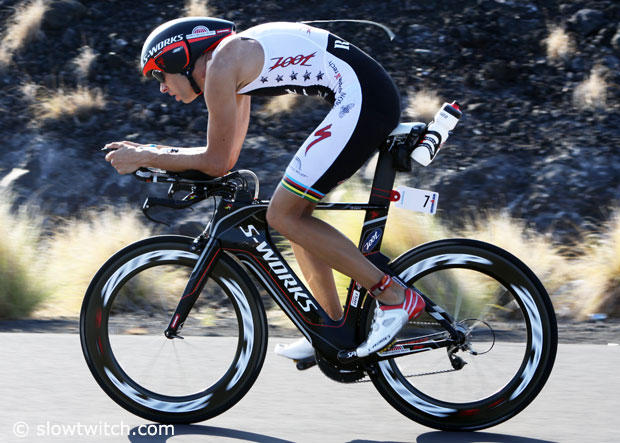
At first glance, it appears that Jordan Rapp's Kona ride was very similar to his ride at the Ironman US Championship in NYC this past August. Jordan rides with a Quarq power meter, which showed that his average power for NYC was 287W while Kona's average power was 286W (at Jordan’s race weight of 69 kg, that’s between 4.1 w/kg and 4.2 w/kg). His average cadence was 76 rpm in Kona and 78 rpm in NYC. The course was, of course, different but the elevation gain was only 88m greater in Kona, and the average temperature in Kona was 88F degrees versus 81F degrees in NYC. These differences are negligible, yet his bike time of 4:40:02 in Kona was 14 minutes slower his 4:26:34 split in NYC. He also had the race-best effort in NYC compared to a 12th place bike split in Kona. What led to the difference in results, and why was Kona still, in some ways, a better ride?
First off, to understand why two rides with similar average watts would vary in overall time, it’s important to look deeper at how Jordan rode each. To do so, we turn to Variability Index (VI) as measured within TrainingPeaks. VI indicates how smooth a rider’s power output was – a lower VI indicates a smoother ride, and leads to less muscular fatigue for the run. For some frame of reference, in the age grouper files TrainingPeaks received from Kona, we saw VI as high as 1.08, and TrainingBible author Joe Friel has said that he likes to see a VI lower than 1.06 during an Ironman. In NYC, with some help from the Hudson current, Jordan was out of the water in the front group in 41:05. In Kona, the conditions were rougher and Jordan was 7:30 minutes behind the front group with a 59:07 swim time. In both races, Jordan set out strong to pull back time on faster swimmers and the Variability Index for the first half of each race was 1.02, but in NYC Jordan’s first half average power was 301W (4.4 w/kg), 12 watts or 4% higher than his 1st half average in Kona.
The impressive aspect about Jordan's Kona race was the 2nd half. In New York, the difference in watts between the first and second half was 27 watts, a 9% drop off. In Kona, Jordan managed his pacing much better and averaged only 8 watts less on the 2nd half, only a 3% difference. Also, Jordan spent 45 minutes at or above his threshold power in New York, including 8 and a half minutes above 400W (his threshold power is estimated to be around 373W or 5.4 w/kg). In Kona, Jordan was only at or above threshold for 25 minutes and only 2 minutes was spent above 400 watts. In short, though Jordan’s average watts during NYC and Kona were virtually the same, his faster time in NYC was a result of more aggressive and variable riding.
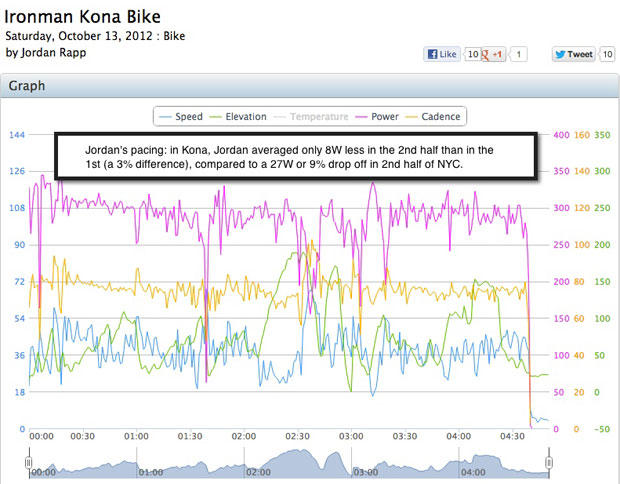
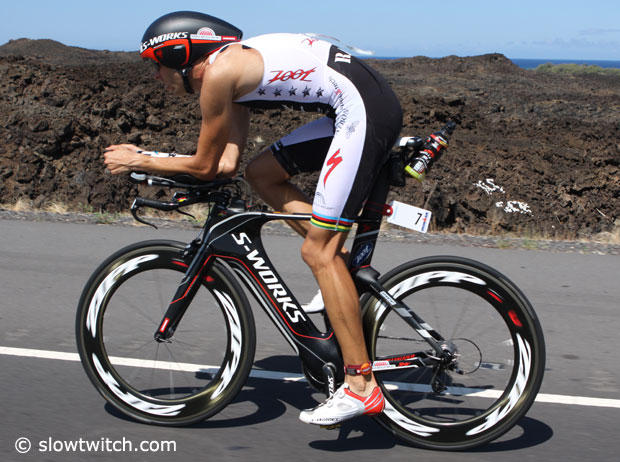
At similar average watts, Jordan's smoother pace ride in Kona yielded a VI of 1.02 vs 1.03 in NYC and allowed Jordan to run down a few more athletes during the marathon. But the deficit out of the water kept him out of the race up front and instead of running down athletes in the top 10, Jordan was working from 21st.
Jordan himself explained the difference in the two rides: “The steadier riding in Kona was a byproduct of the swim. If I had swam better, my ride power profile would probably have looked more similar to NY, because I would have been racing more than pacing. The execution of all three of my Ironman rides (Texas, NYC, and Kona) were really heavily influenced by the race. In Texas, I had a good swim, but a big gap between the leaders and the second pack dictated a steady ride. It also allowed me to cruise the latter part because of the less competitive field. In New York, I was in a great position out of the swim, and the field was a bit deeper than TX, so it was about cracking guys and then establishing a lead. In Kona, it was about trying to salvage the best bike-run combo speed-wise.”
Jordan still pulled 13th place with an overall finish time of 8:42:49. As this was Jordan’s first time race in Kona, his maturity will continue to serve him well, and with better position out of T1 we can expect great things in the future.
Summary: Kona vs. NYC ride delta
Official Bike Time: 14 minutes
Kj: 200+
Training Stress Score (TSS): 5 (Intensity Factor .02)
Normalized Power: 5 watts
VI: .01
Gain: 289 feet
w/kg: .1-
Cadence: 2 rpm
Temp: 4 degrees C (7 deg F)
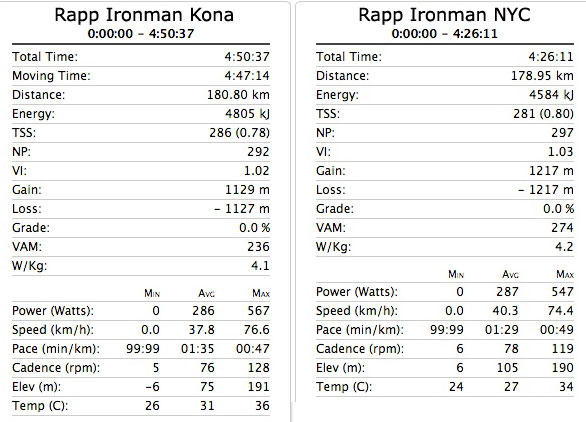


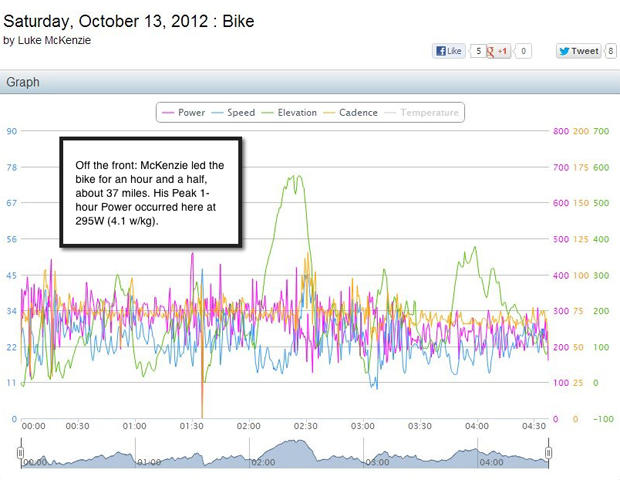
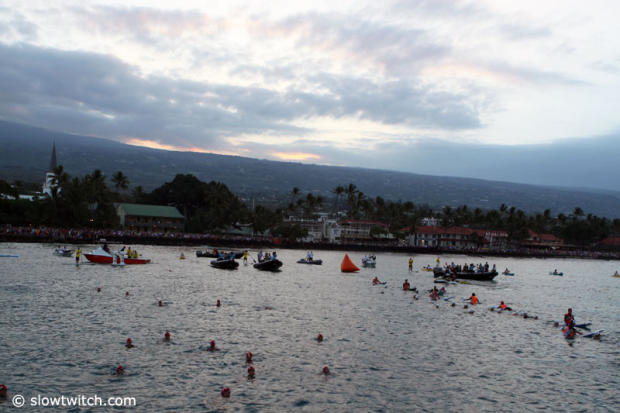
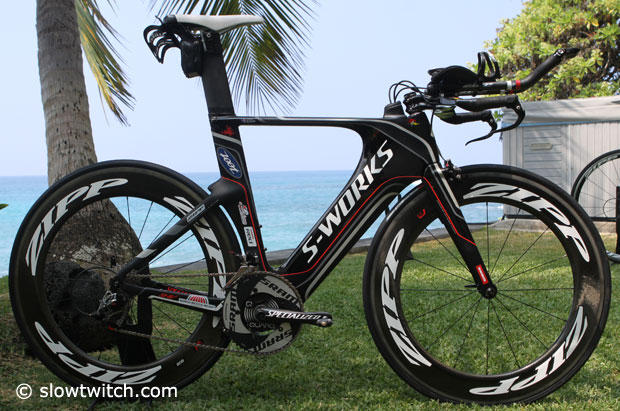
Start the discussion at slowtwitch.northend.network